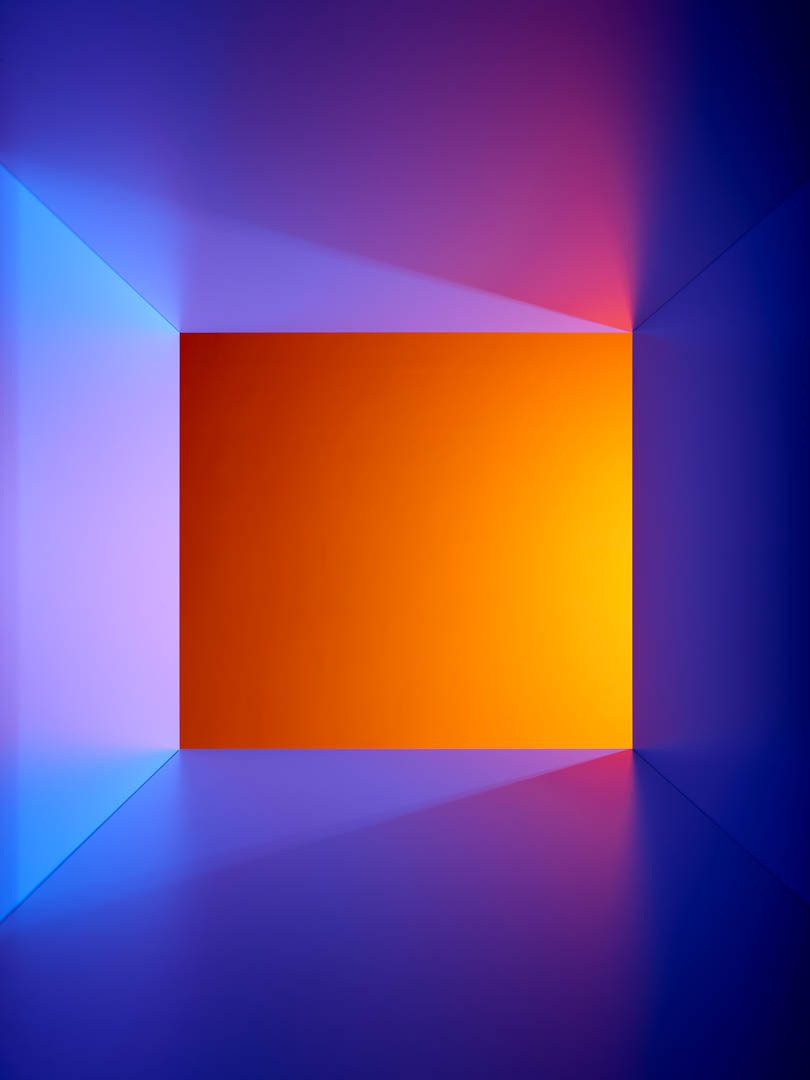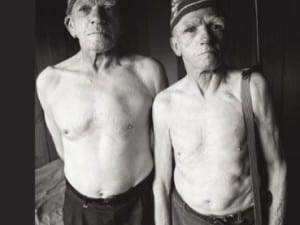What defines a Bauhaus photograph? One of the movement’s most famous pioneers was László Moholy-Nagy (1895-1946), a Hungarian artist known for abstract photograms: a cameraless form involving everyday objects and photographic paper. “He insisted upon its capacity to extend human vision,” writes curator Louise Curtis in The Spirit of the Bauhaus (Thames & Hudson, 2018). Sebastiaan Knot (b. 1970) is inspired by such ideas. In these scenes, which appear to be products of photo-manipulation or digital rendering, crisply folded shapes pop from vibrant blue, orange, pink and purple backdrops. However, Knot’s work is strictly analogue: created from grey or white card stock. Bold colours are blended in real time from cleverly positioned shafts of light. “Simple shapes are placed in the studio, surrounded by lamps with filters,” Knot explains. “The composition is illuminated, creating a unique shot with scattered shadows and mixed colours.” sebastiaanknot.nl | @sebastiaanknot











Image Credits:
Sebastiaan Knot, from Colliding Colours.





